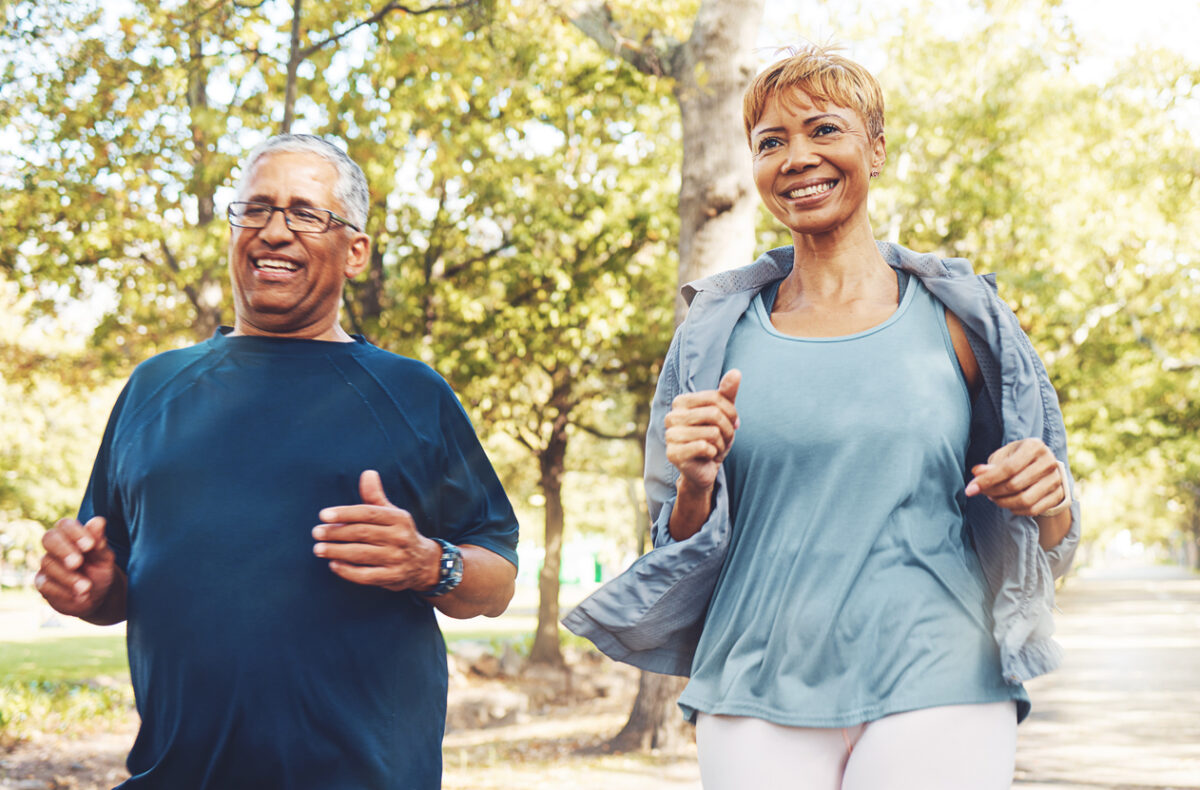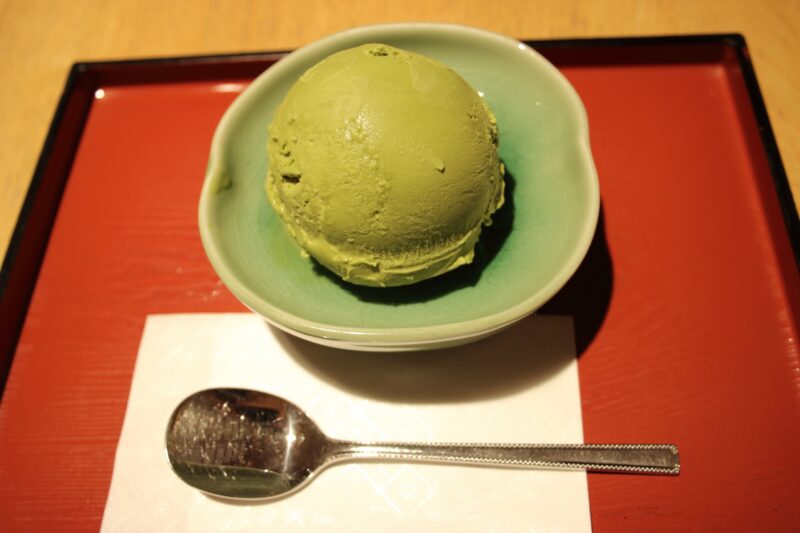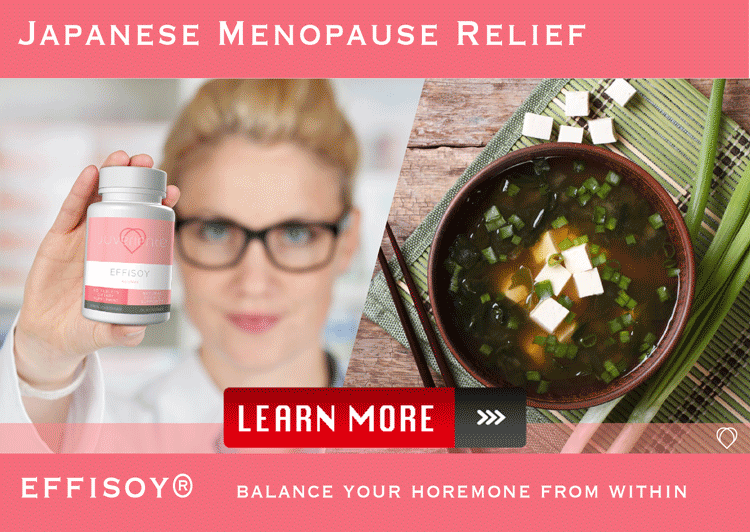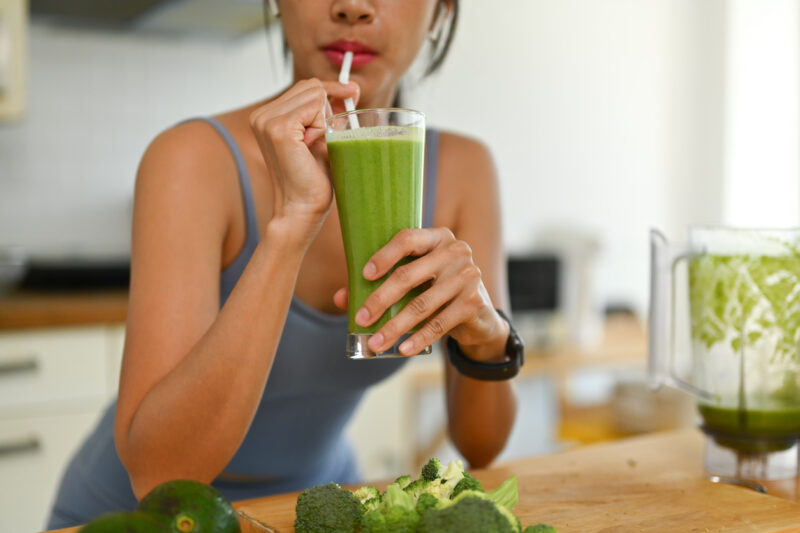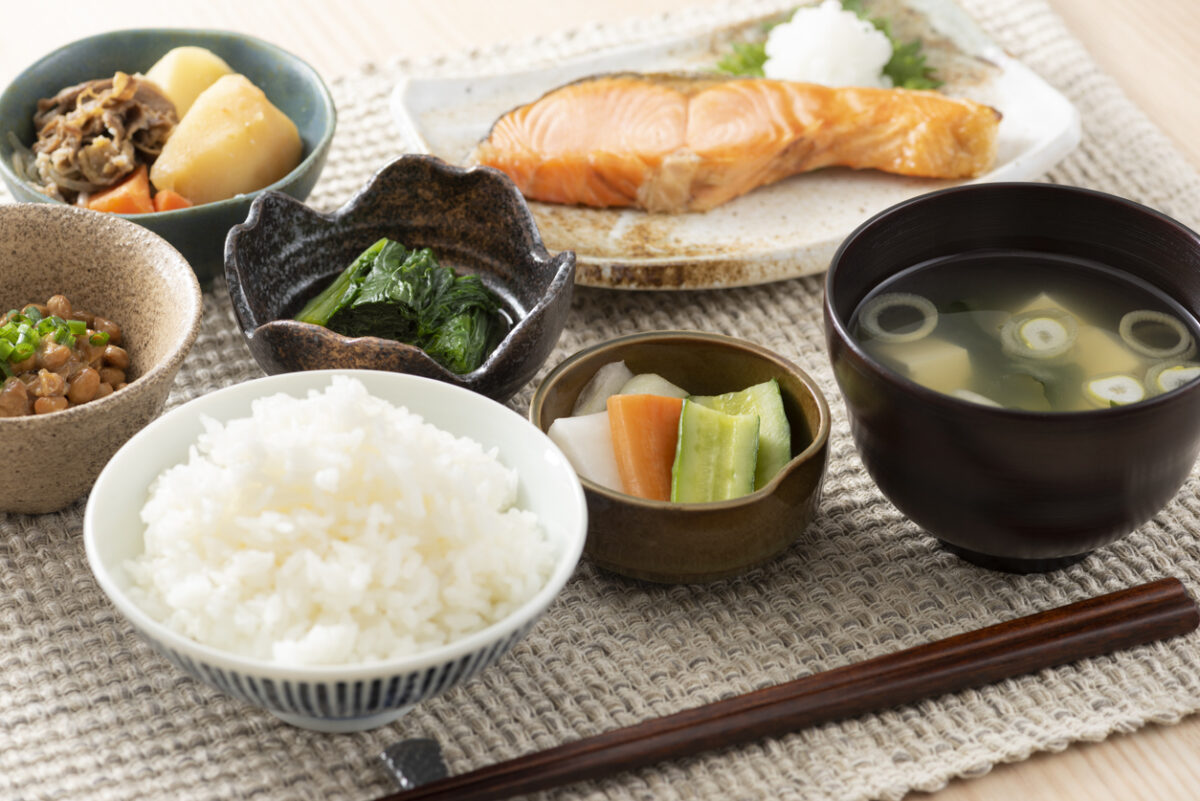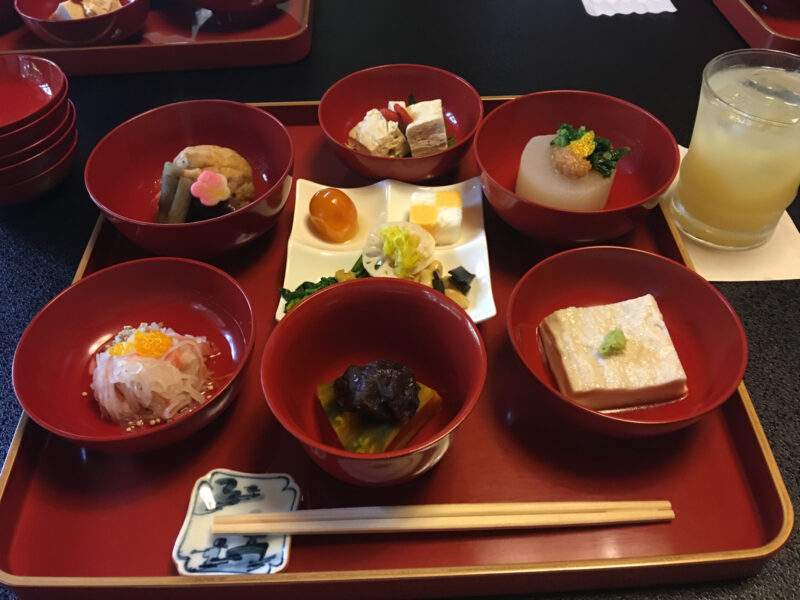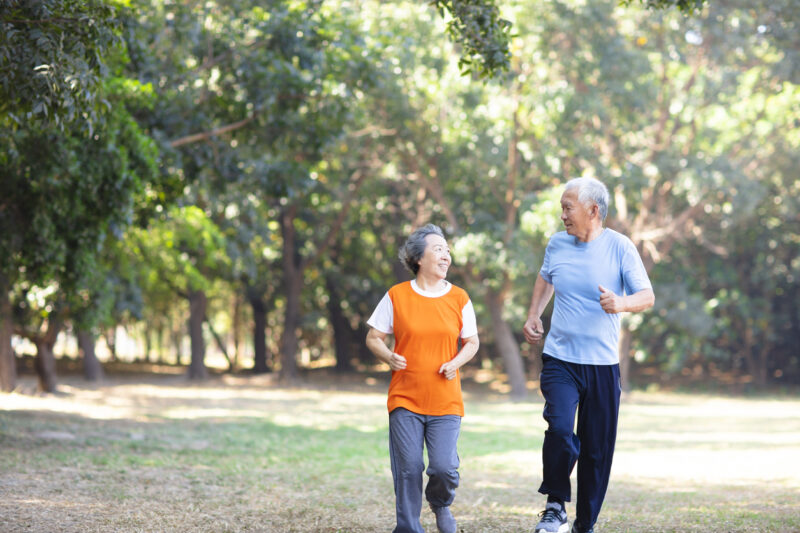Why Walking is the Perfect Exercise for Everyone
Walking is often overlooked as a form of exercise, but it’s one of the most accessible and effective ways to improve your health. If you’re wondering how to start a walking habit, understanding its benefits can be the perfect motivation to get you moving.
Firstly, walking is incredibly easy to start. Unlike other forms of exercise that require special equipment or a gym membership, all you need for walking is a comfortable pair of shoes. This simplicity makes it an ideal exercise for people of all ages and fitness levels. Whether you’re a beginner or looking to complement your existing fitness routine, walking is a low-impact activity that can be adjusted to suit your needs.
Moreover, walking offers numerous health benefits. Regular walking can help reduce the risk of chronic diseases such as heart disease, diabetes, and certain cancers. It also improves cardiovascular health, strengthens bones and muscles, and enhances balance and coordination. For those looking to manage their weight, walking is an effective way to burn calories and boost metabolism.
Mental health benefits are another compelling reason to start walking. Studies have shown that walking can reduce symptoms of anxiety and depression, improve mood, and enhance overall mental well-being. The rhythmic nature of walking, combined with fresh air and natural surroundings, can be incredibly therapeutic. This makes walking not just a physical activity, but a holistic exercise that benefits both body and mind.
For those concerned about time, walking can easily be incorporated into your daily routine. Start by setting small, achievable goals. For instance, aim for a 10-minute walk during your lunch break or an evening stroll after dinner. Gradually increase your walking time as it becomes a habit. Using a pedometer or a fitness app can help track your progress and keep you motivated.
Incorporating walking into your life is a straightforward and effective way to enhance your overall health. Understanding how to start a walking habit involves recognizing the simplicity and benefits of this exercise. By making walking a part of your daily routine, you’ll be taking a significant step towards a healthier, happier you.
Setting Realistic Goals to Kickstart Your Walking Routine
When learning how to start a walking habit, setting realistic goals is crucial for long-term success. Goals provide direction, motivation, and a sense of accomplishment as you achieve them. Here’s how you can set practical and achievable goals to begin your walking journey.
Firstly, assess your current fitness level. Understanding where you stand will help you set goals that are both challenging and attainable. If you’re new to exercise, start with short, manageable walks. For example, aim for a 10-minute walk around your neighborhood. As you become more comfortable, gradually increase the duration and intensity of your walks.
Setting specific, measurable goals is essential. Instead of a vague goal like “walk more,” aim for something concrete, such as “walk 20 minutes, three times a week.” Specific goals give you a clear target to work towards and make it easier to track your progress.
It’s also helpful to set both short-term and long-term goals. Short-term goals might include walking for 10 minutes daily for the first week, then increasing to 15 minutes the next week. Long-term goals could be completing a 5K walk or walking 10,000 steps a day within three months. These incremental steps ensure steady progress and keep you motivated.
Don’t forget to consider your schedule when setting goals. Find a consistent time that works for you, whether it’s in the morning, during lunch breaks, or in the evening. Consistency is key to forming a new habit. If your schedule is unpredictable, aim for flexibility but maintain the commitment to walk a certain number of days each week.
Accountability can also play a significant role in achieving your walking goals. Share your goals with a friend or join a walking group. Having a walking buddy can provide motivation and make the activity more enjoyable. Alternatively, use a fitness app to log your walks and track your progress.
Lastly, celebrate your achievements, no matter how small. Recognizing your progress and rewarding yourself for reaching milestones can boost your motivation and commitment to your walking habit.
By setting realistic and achievable goals, you’ll find that learning how to start a walking habit becomes a rewarding and sustainable journey. Start small, stay consistent, and watch as your walking routine transforms your health and well-being.
Choosing the Right Gear for a Comfortable Walk
When you’re learning how to start a walking habit, choosing the right gear is essential for comfort and motivation. The proper equipment can make your walking experience enjoyable and help prevent injuries. Here’s what you need to get started on the right foot.
First and foremost, invest in a good pair of walking shoes. The right shoes provide adequate support, cushioning, and stability. Look for shoes specifically designed for walking, with features like a flexible sole and a well-cushioned midsole. It’s essential to find a pair that fits well; shoes that are too tight can cause blisters, while shoes that are too loose can lead to discomfort and instability. Visiting a specialty store for a fitting can help you find the perfect pair.
Socks are also an important consideration. Opt for moisture-wicking socks to keep your feet dry and comfortable. Socks made of synthetic fibers or wool blends are excellent choices, as they reduce friction and help prevent blisters. Avoid cotton socks, which tend to retain moisture and can cause irritation.
Your clothing should be appropriate for the weather and comfortable for movement. In warmer months, lightweight, breathable fabrics such as moisture-wicking shirts and shorts are ideal. In cooler weather, dress in layers to stay warm without overheating. A moisture-wicking base layer, an insulating middle layer, and a wind- and water-resistant outer layer work well for colder climates. Don’t forget a hat and gloves if needed.
Accessories can enhance your walking experience. A hat and sunglasses protect you from the sun, while a lightweight, waterproof jacket can keep you dry in unexpected rain. If you plan to walk in low-light conditions, consider reflective gear or a safety vest to increase your visibility to drivers.
A good quality water bottle is essential to stay hydrated, especially on longer walks. Hydration belts or handheld water bottles designed for walkers can be convenient options. Additionally, a small backpack or waist pack can be useful for carrying essentials like your phone, keys, and snacks.
Finally, consider using a fitness tracker or smartphone app to monitor your progress. Tracking your steps, distance, and pace can provide motivation and help you set and achieve your walking goals.
Choosing the right gear is a vital step in learning how to start a walking habit. With the proper equipment, you’ll find that walking is a comfortable, enjoyable, and sustainable way to improve your health and fitness.
Creating a Walking Schedule That Fits Your Lifestyle
When you’re figuring out how to start a walking habit, creating a schedule that seamlessly fits into your lifestyle is crucial. A well-planned walking schedule helps you stay consistent, which is key to forming a lasting habit. Here’s how to craft a walking routine that works for you.
First, assess your daily routine to identify the best times for walking. Consider your work schedule, family commitments, and personal preferences. Morning walks can be invigorating and set a positive tone for the day, while lunchtime walks offer a refreshing break. Evening walks can help you unwind and reflect on your day. Choose a time that you can stick to consistently.
Start with manageable goals to build your confidence and momentum. If you’re new to walking, aim for short, frequent walks rather than long, infrequent ones. For example, begin with 10-15 minute walks, three to four times a week. As your fitness level improves, gradually increase the duration and frequency of your walks. Eventually, aim for the recommended 150 minutes of moderate-intensity aerobic activity per week, which can be broken down into 30 minutes a day, five days a week.
Flexibility is important, especially if you have a busy or unpredictable schedule. Plan a primary walking time but have a backup plan in case something comes up. For instance, if you usually walk in the morning but miss it, try to fit in a walk during lunch or after work. This adaptability ensures you stay on track even when life gets hectic.
Incorporate variety to keep your walking routine interesting and enjoyable. Change your routes regularly to explore new areas and prevent boredom. Walking in parks, along scenic trails, or through different neighborhoods can make your walks more pleasant. You can also vary your pace, alternating between brisk walking and a more relaxed stroll, to add some interval training to your routine.
Accountability can boost your commitment to your walking schedule. Share your goals with a friend or family member who can join you on walks or check in on your progress. Alternatively, join a walking group or an online community where you can share experiences and motivate each other.
Finally, track your progress to stay motivated and see how far you’ve come. Use a fitness tracker, smartphone app, or even a simple journal to record your walks, noting the duration, distance, and how you felt. Celebrating milestones, like walking a certain number of days consecutively or reaching a specific distance, can keep you motivated.
Creating a walking schedule that fits your lifestyle is a fundamental step in learning how to start a walking habit. By finding the right times, setting realistic goals, staying flexible, and keeping yourself accountable, you’ll develop a sustainable walking routine that enhances your health and well-being.
Tips to Stay Motivated and Make Walking a Daily Habit
When learning how to start a walking habit, staying motivated is key to making walking a daily routine. Here are some tips to keep your enthusiasm high and ensure your walking habit sticks.
First, set clear and achievable goals. Break down your long-term objectives into smaller, manageable steps. For instance, if your ultimate goal is to walk 10,000 steps a day, start with 5,000 and gradually increase. Tracking your progress with a pedometer or smartphone app can provide a sense of accomplishment and motivate you to keep going.
Make your walks enjoyable by choosing pleasant routes. Explore parks, nature trails, or different neighborhoods to keep your walks interesting. Walking in scenic areas can make the experience more enjoyable and less of a chore. Additionally, listening to music, podcasts, or audiobooks can make the time pass quickly and keep you entertained.
Another great way to stay motivated is to walk with a friend or join a walking group. Having a walking buddy provides companionship and accountability. You’re more likely to stick to your routine if someone else is counting on you. Plus, socializing while walking can make the activity more fun and engaging.
Vary your walking routine to keep it fresh and exciting. Change your routes, try different times of the day, or incorporate interval training by alternating between brisk walking and a slower pace. This variety can prevent boredom and challenge your body in new ways, enhancing your overall fitness.
Reward yourself for reaching milestones. Celebrate your achievements, whether it’s completing a week of daily walks or hitting a new distance record. Rewards can be simple, like treating yourself to a favorite snack, watching a movie, or buying a new piece of walking gear. Positive reinforcement can boost your motivation and commitment to your walking habit.
Integrate walking into your daily routine to make it a natural part of your life. Walk to work, use the stairs instead of the elevator, or take a stroll during your lunch break. Finding opportunities to walk throughout the day can help you accumulate steps without feeling like you’re setting aside extra time for exercise.
Lastly, remind yourself of the benefits of walking. Reflect on how it improves your mood, boosts your energy, and enhances your overall health. Keeping these positive outcomes in mind can help you stay committed, even on days when motivation wanes.
Staying motivated is essential when learning how to start a walking habit. By setting goals, making your walks enjoyable, varying your routine, rewarding yourself, and integrating walking into your daily life, you’ll establish a sustainable and rewarding habit that benefits both your body and mind.
SUMMERY
Learning how to start a walking habit involves understanding its benefits and taking practical steps to integrate it into your daily life. Walking is an accessible, low-impact exercise that offers significant physical and mental health benefits. To successfully start a walking habit, set realistic and achievable goals, such as short, frequent walks, and gradually increase the duration and intensity. Choose the right gear, including comfortable shoes and appropriate clothing, to ensure a pleasant walking experience. Create a flexible walking schedule that fits your lifestyle and keeps you consistent. Stay motivated by varying your routes, walking with a friend, and celebrating your milestones. Tracking your progress and reminding yourself of the benefits can help sustain your commitment. By following these tips, you’ll develop a lasting walking habit that enhances your overall well-being.
Enhance Your Walking Habit with the Right Supplements
As you embark on your journey to learn how to start a walking habit, ensuring your joint health is a crucial part of maintaining a consistent and enjoyable routine. One excellent way to support your joints is by incorporating supplements designed to promote joint health. An outstanding option is the Japanese Total Joint Ease by Juveriente.
Japanese Total Joint Ease by Juveriente is a supplement specifically formulated to support joint health and flexibility. This supplement combines traditional Japanese ingredients with modern science to provide comprehensive joint support. Key ingredients include Glucosamine and Chondroitin, known for their roles in maintaining healthy cartilage and joint function. Additionally, the supplement includes natural extracts like Turmeric, renowned for its anti-inflammatory properties.
Incorporating this supplement into your daily routine can significantly enhance your walking experience. As walking is a low-impact exercise that is gentle on the joints, it is generally suitable for people of all ages and fitness levels. However, ensuring that your joints are well-supported can help prevent discomfort and enhance your overall walking performance.
Starting a walking habit with the right support can make all the difference. Here’s how Japanese Total Joint Ease by Juveriente can help:
- Reduce Joint Discomfort: The natural ingredients in the supplement help reduce inflammation and joint pain, making each step more comfortable.
- Enhance Flexibility: Improved joint health leads to better flexibility, allowing you to enjoy longer and more frequent walks.
- Support Cartilage Health: Ingredients like Glucosamine and Chondroitin are essential for maintaining healthy cartilage, which cushions your joints during walking.
By incorporating Japanese Total Joint Ease into your routine, you can ensure that your joints are well-supported, allowing you to focus on building and maintaining your walking habit. Remember, a successful walking habit starts with taking care of your body, and supplements like these can play a vital role in your journey towards better health and fitness.


